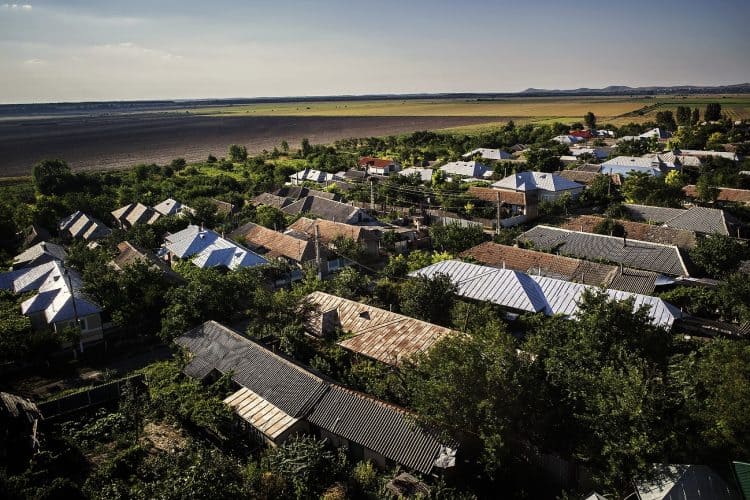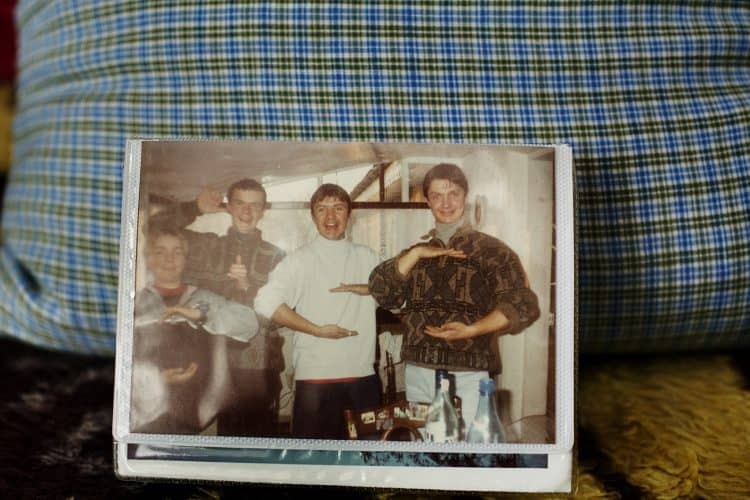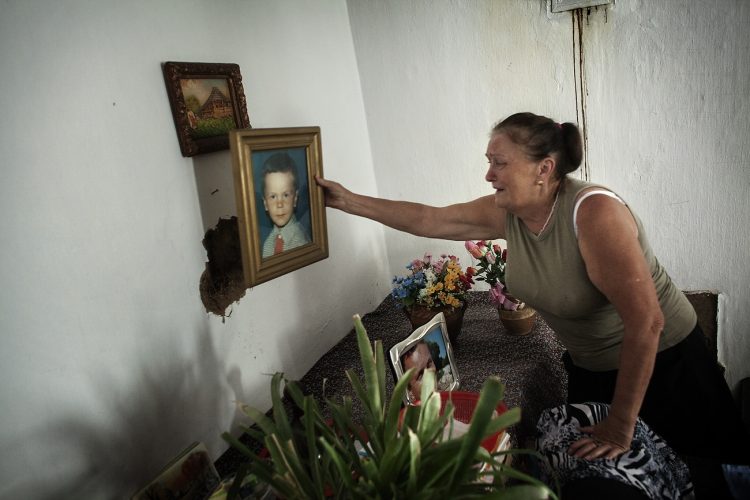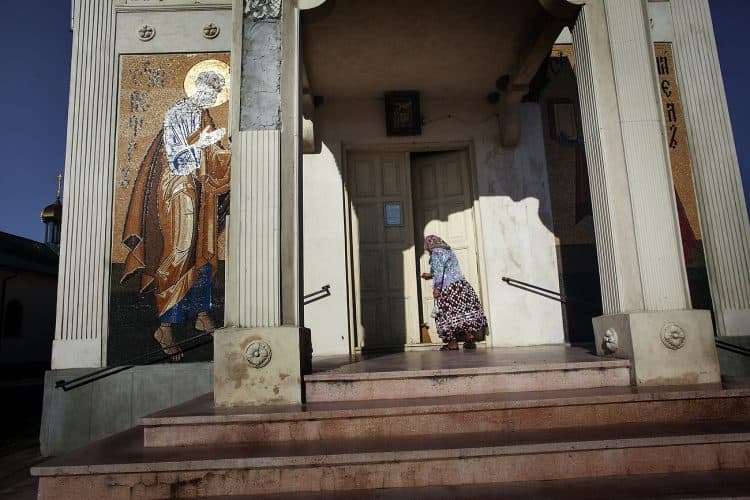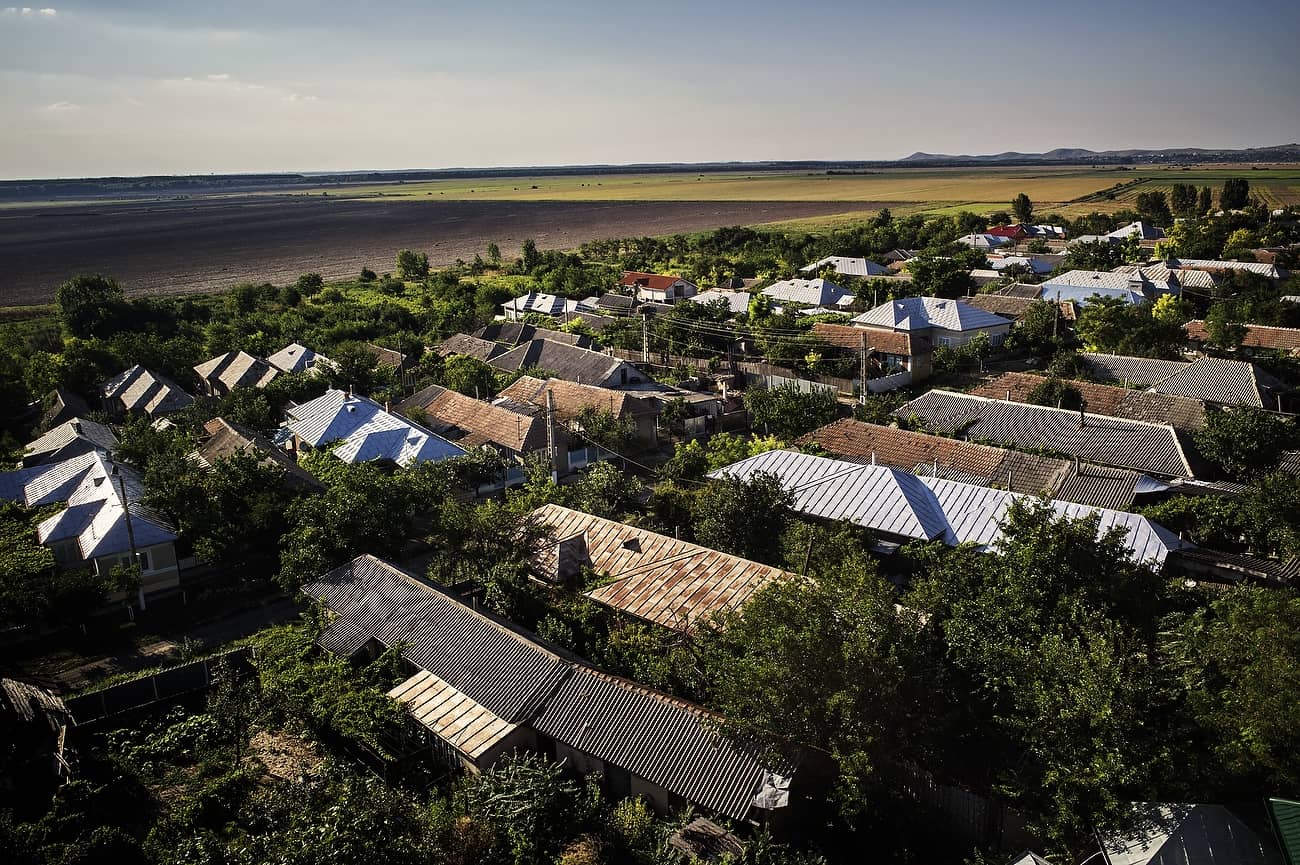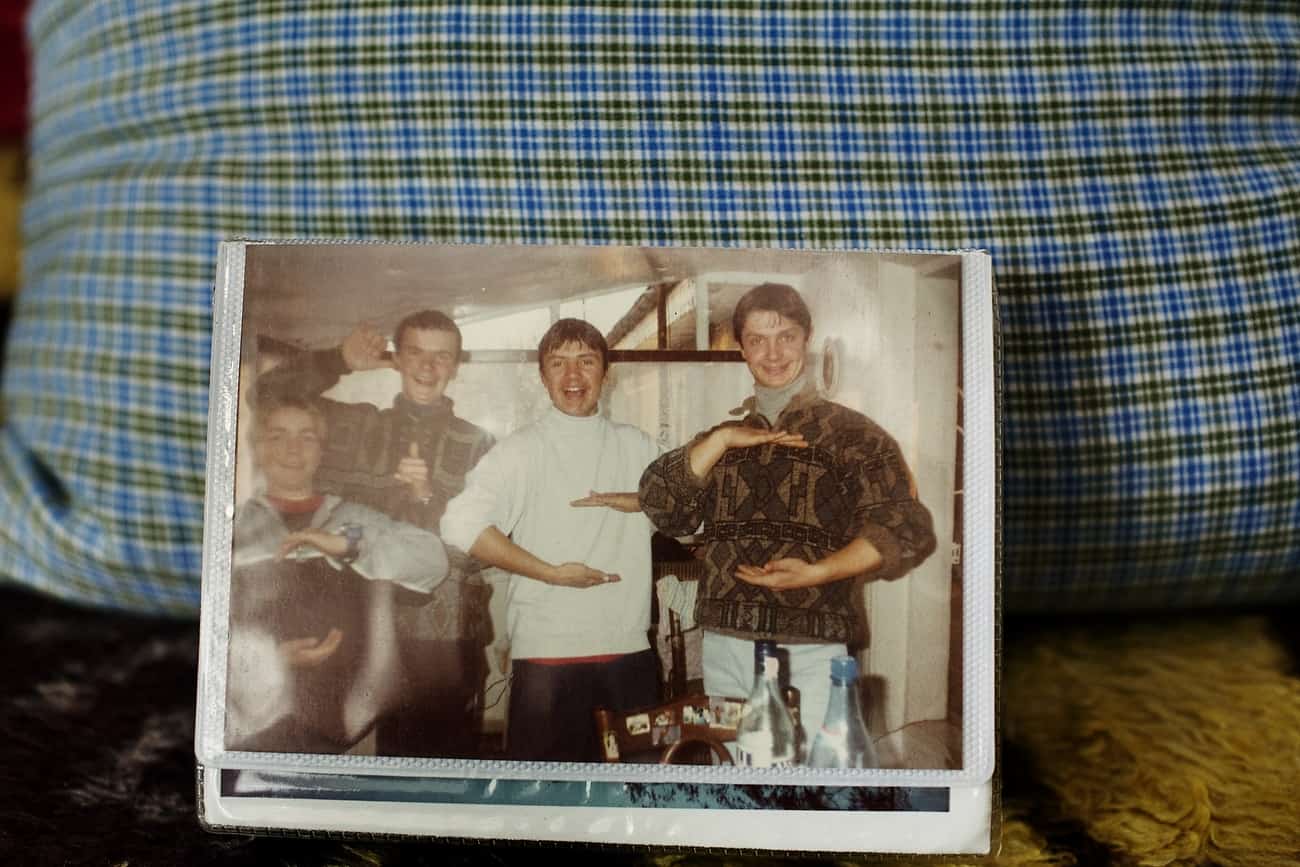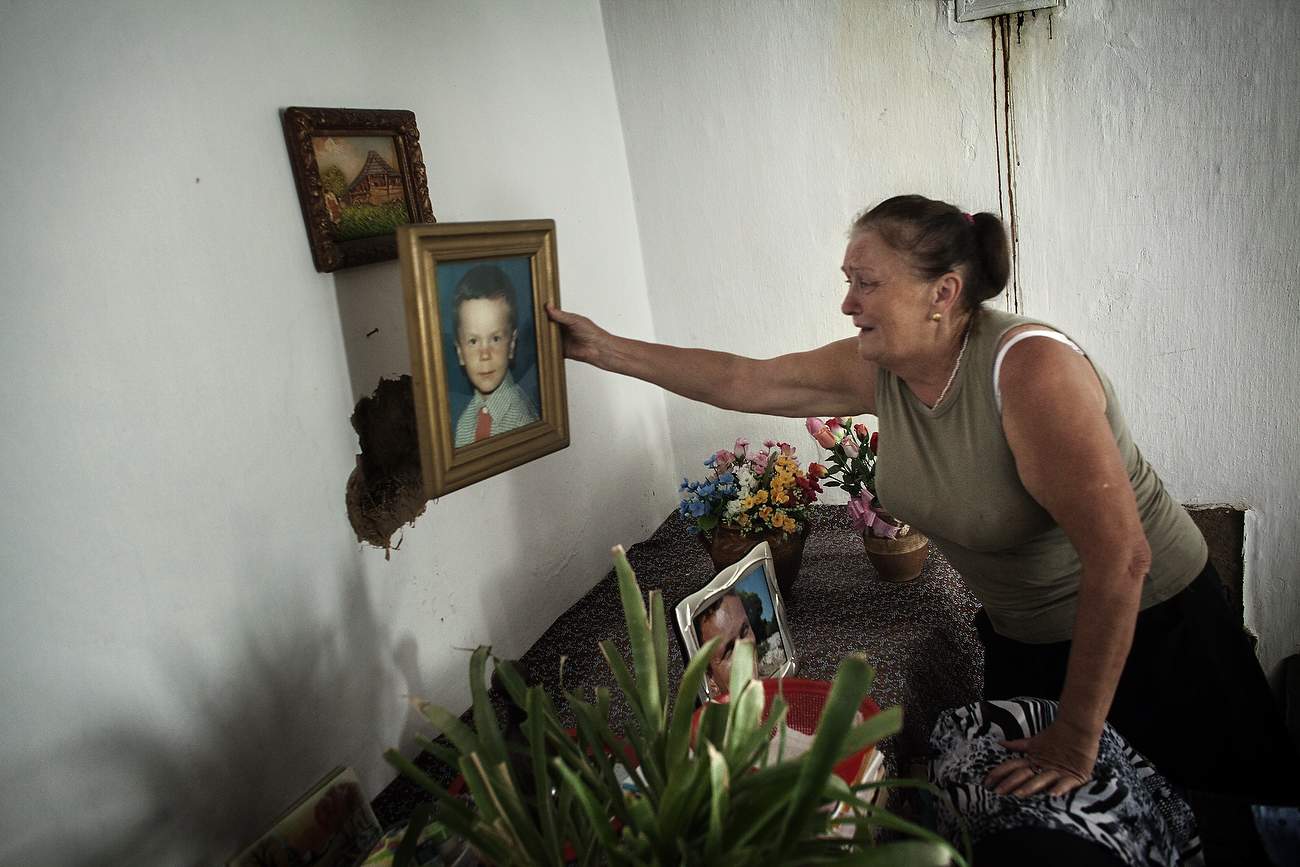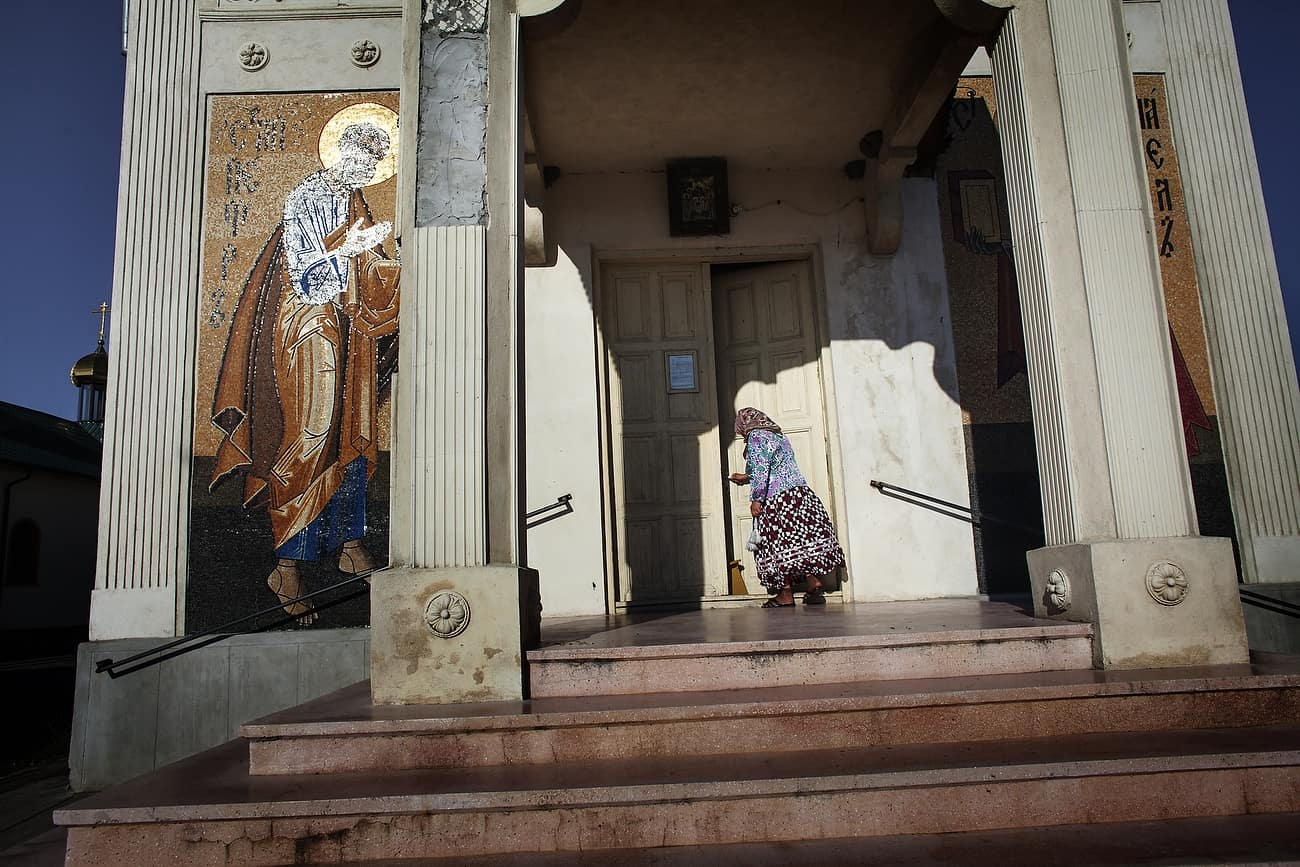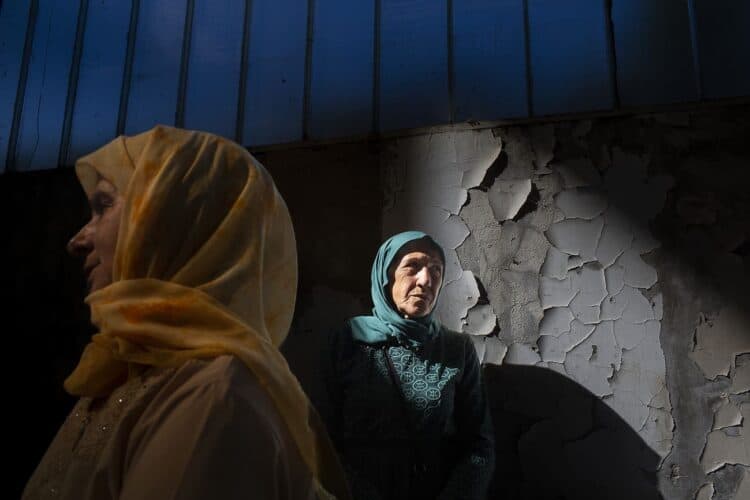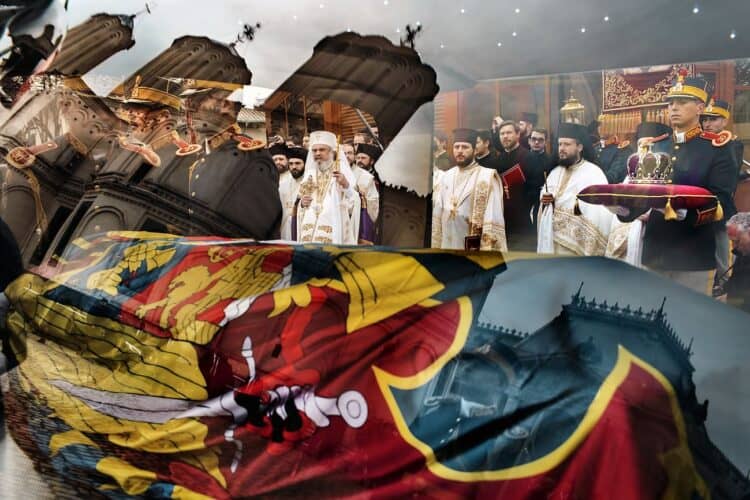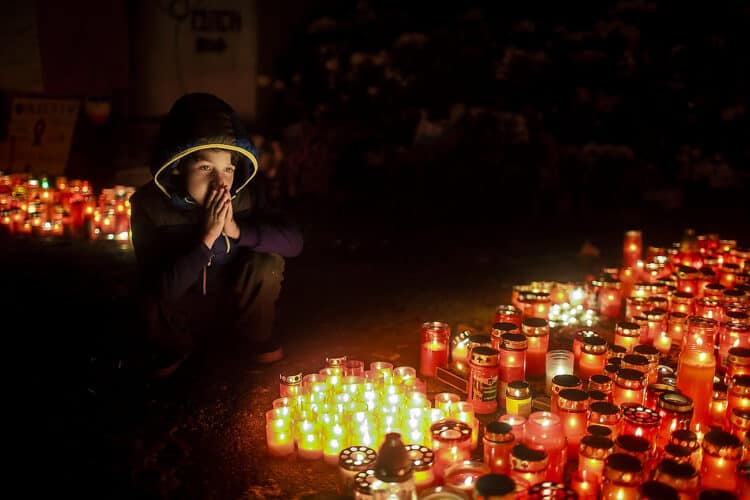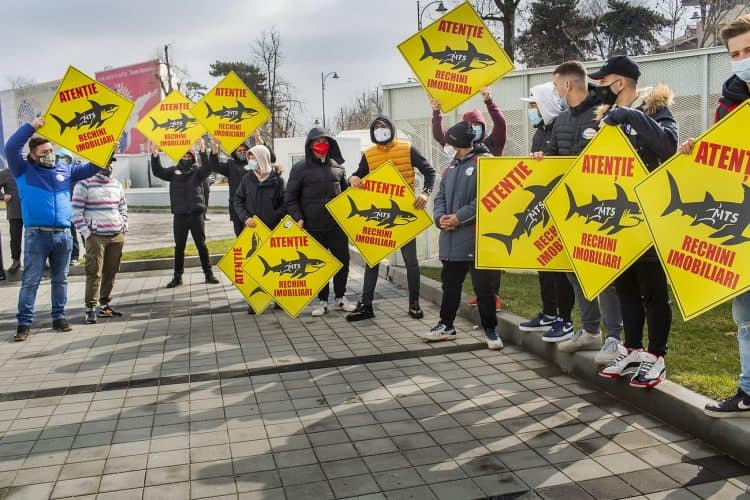The beauty of the place enchanted me from the very beginning. Lying in the foothills of the Macin Mountains, a stone’s throw from the Danube, the old settlement is a delight to behold, thanks to the landscapes and the richness with which it has been blessed. All the same, despite what I could see, everyday life for the locals was hard.
The lack of any prospects had led many young people to go abroad in search of work, and this exodus left behind it a village plunged into silence. The atmosphere livened up only during the summer holidays. Given this situation, nobody could ever have foretold that the most unlikely of events would put this formerly sleepy village on the world map, an event in which the locals were both witnesses and central characters: the notorious theft of artworks from a gallery in Holland.
After talking to the journalist from Vice, I decided to go back there. And so, on 1 August, at around seven o’clock in the morning, I arrived in Carcaliu for the second time.
I was to document the case of the paintings stolen by Radu Dogaru, who was born in the village and whose family still lives there. But Carcaliu is famous not because of this detail in the story, but because it was here that the seven canvases by famous artists including Picasso, Monet and Matisse, and valued at around twenty million dollars, are supposed to have been hidden and finally burned.
My plan was to meet a former mayor in Macin, who would introduce me to a guide from the area, but when I telephoned him en route he didn’t answer. Fearing that I wouldn’t be able to get hold of him, I went straight to Carcaliu, trying to find my way around unaided. This was quite a difficult task, given that my information about the robbery was scanty.
At the edge of the village I stopped to ask a local directions to the Romanian cemetery. I had heard that the priceless masterpieces had at one point been buried in the graveyard for a few hours and that the ash of the burnt canvases was supposed later to have been dumped in a rubbish tip there.
I parked my car in front of the first house I came to and then entered the cemetery. It was not until an hour later that I discovered I had parked in front of the house of none other than the Dogaru family.
From the cemetery I went to the rubbish dump. In the immediate vicinity I met two women who were gathering weeds, which they use to make brooms. It was thus I met Zamfira Croitoru, a neighbour of the Dogaru family, and it was she who informed me that I had parked in front of the gate of the very people I was looking for. From the area where I found myself, the village looked as though it lay on a promontory. The spectacular landscape, as well as the unconstraint with which Zamfira provided me with my first information, awoke a pleasant feeling in me from the outset.
I walked back to the house of the Dogaru family and knocked on the gate. A young boy who was passing on a bicycle saw me and entered the yard to shout for somebody to come. It was then that I met Lavinia for the first time.
Underestimated by many if not all of the journalists who had turned up in the village, she astonished me from the very first with her sparkling intelligence. A good friend of Olga Dolgaru, the mother of the man who had stolen the paintings and she herself also under arrest, Lavinia was now looking after the interests of the Dogaru family and dealt with all those who tried to contact them for whatever reason. Even if she had had to hire somebody to do the job, I doubt if Olga could have found a person more suitable than Lavinia.
As a result of this friendship, many nullities in the Romanian press have had to deal with the formidable Lavinia.
